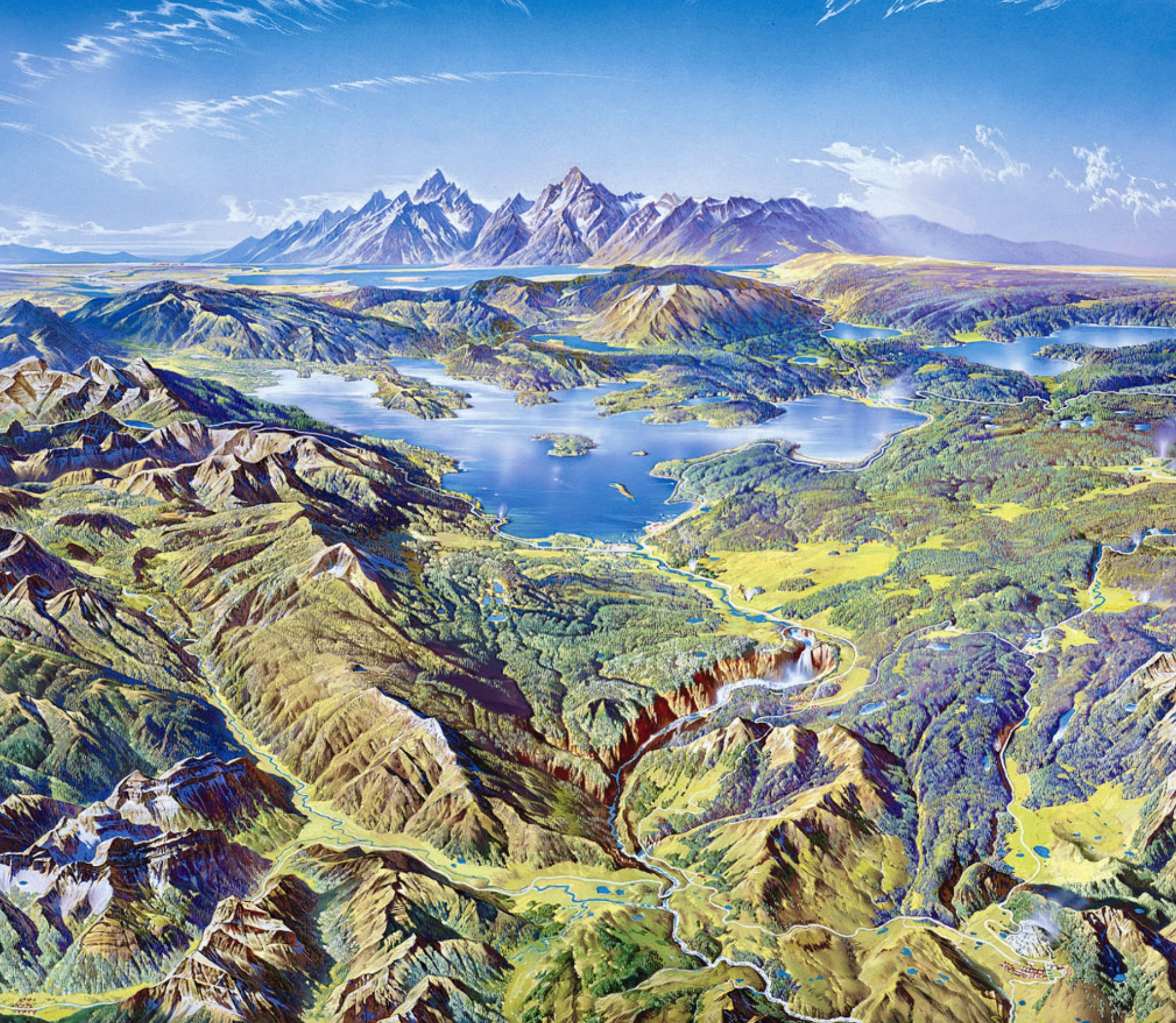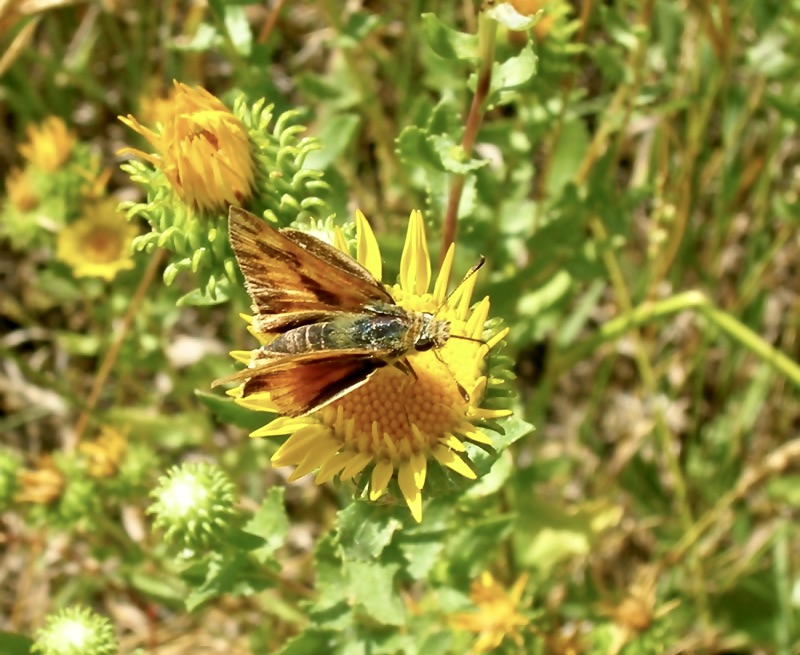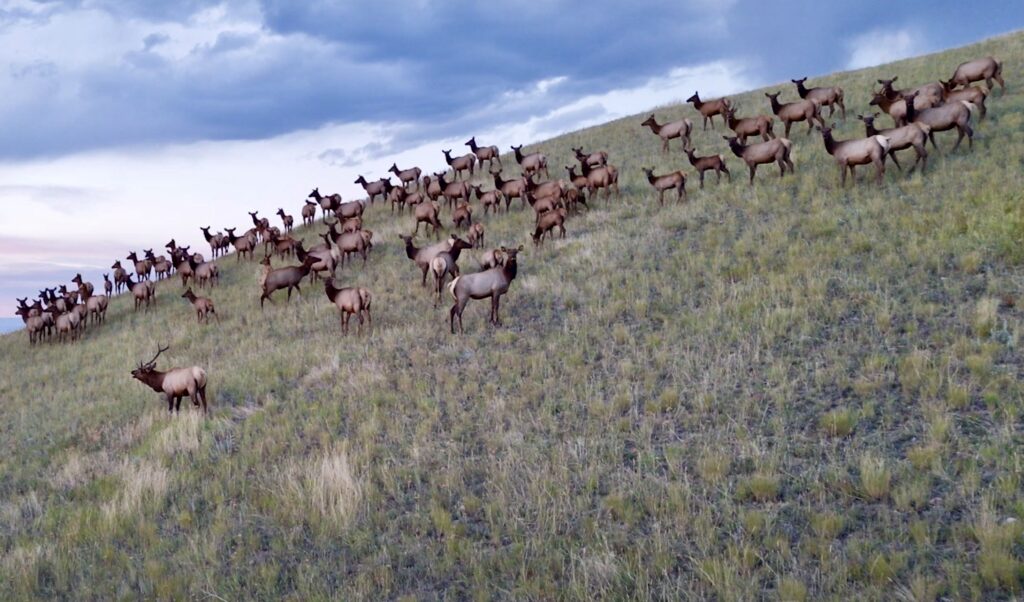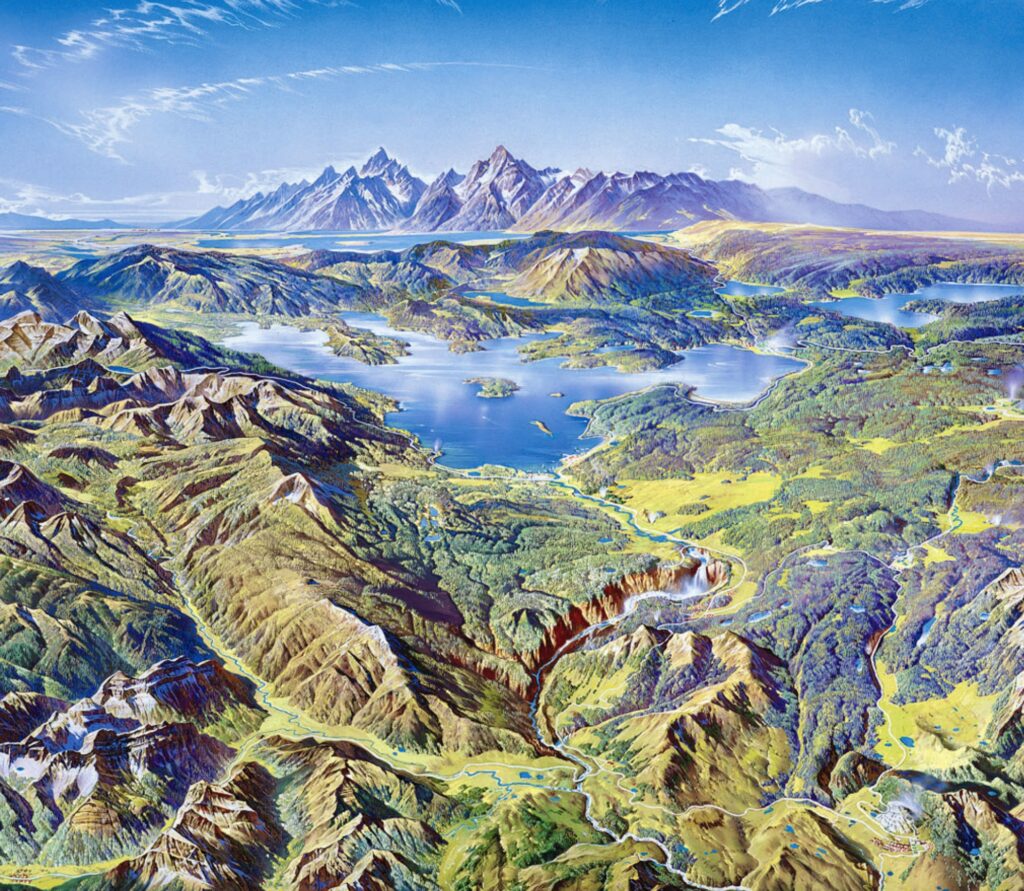by Yellowstonian
Today is Earth Day, and ponder this as a meditation on why it matters:
What if Yellowstone never existed? What if public lands, and environmental laws, and the many great conservation advocacy organizations defending wildlife and wild places, never existed? In their absence how different would the American landscape be today? What would be missing from our common shared national identity and perception of nature?
What if the proto-free-market economists of the 19th and 20th centuries had prevailed in trying to thwart public lands from being created, wildlife protection laws from being enacted, and rules and regulations adopted that prevented landscapes from being despoiled?
What if the proto-free-market economists of the 19th and 20th centuries had prevailed in trying to thwart public lands from being created, wildlife protection laws from being enacted, and rules and regulations adopted that prevented landscapes from being despoiled?
Right now, on Earth Day 2025, there are forces at work that stand to undermine 150 years of admirable conservation, passed along from one generation to the next. Everything that millions of us hold dear about the natural American West and other corners of the country is now under siege by the equivalent of 21st century robber barons.
What is more radical and extreme: working hard to preserve and protect our natural national heritage from being lost or profiteers and think tanks scheming to tear it apart, all for private interests that are accountable to no one?
Heinrich Berann created the painting above of Yellowstone looking south toward Jackson Hole. It was commissioned by the National Park Service. None of it would exist, unmarred as we know it now, and certainly not the miracle of Greater Yellowstone’s wildlife diversity, if self-serving anti-conservation forces had won the day. Each generation that inherited so much from the previous one has an obligation to be courageous and benevolent in passing it along in as good shape as it was handed to us.






